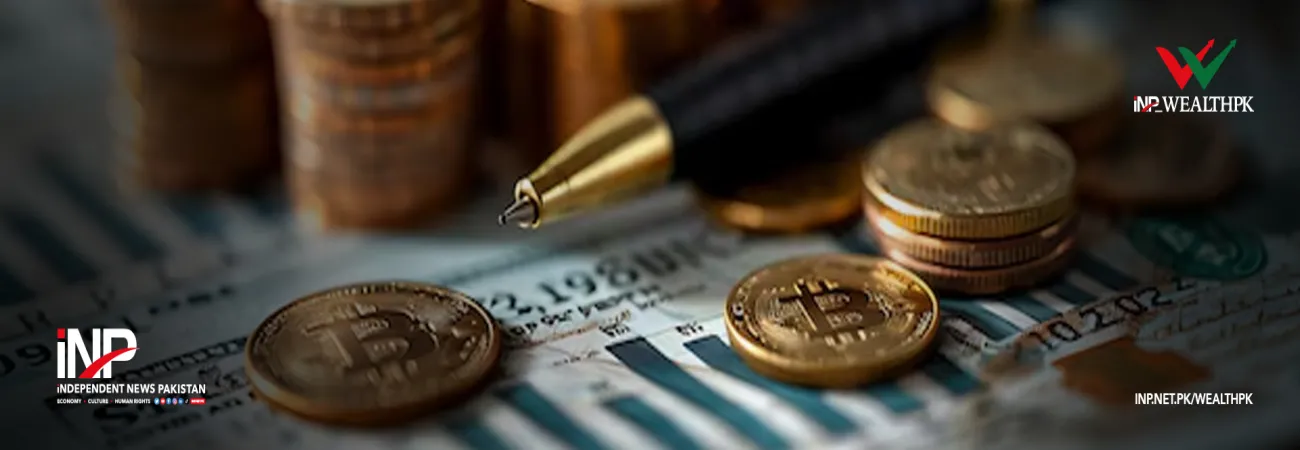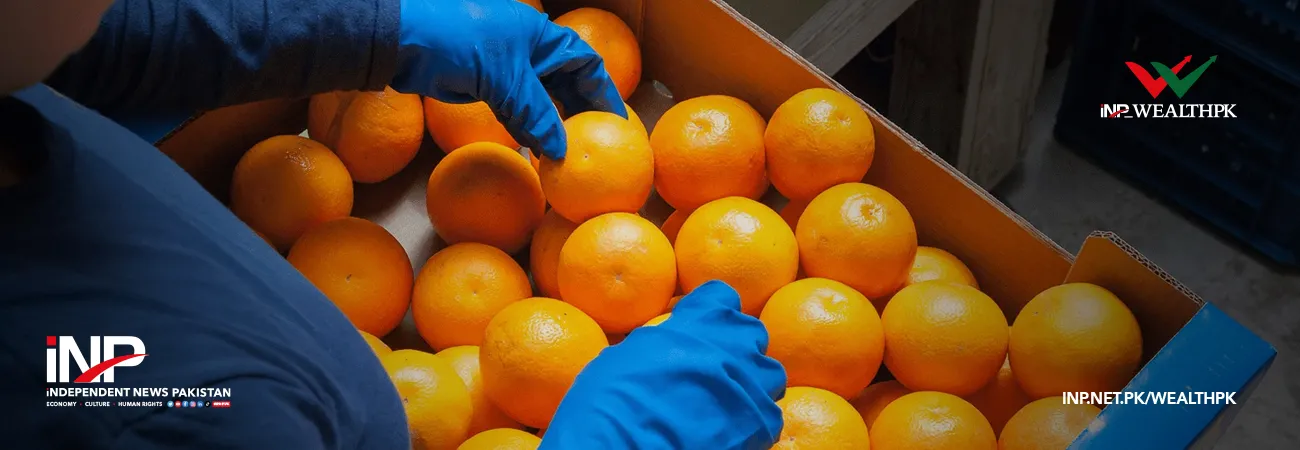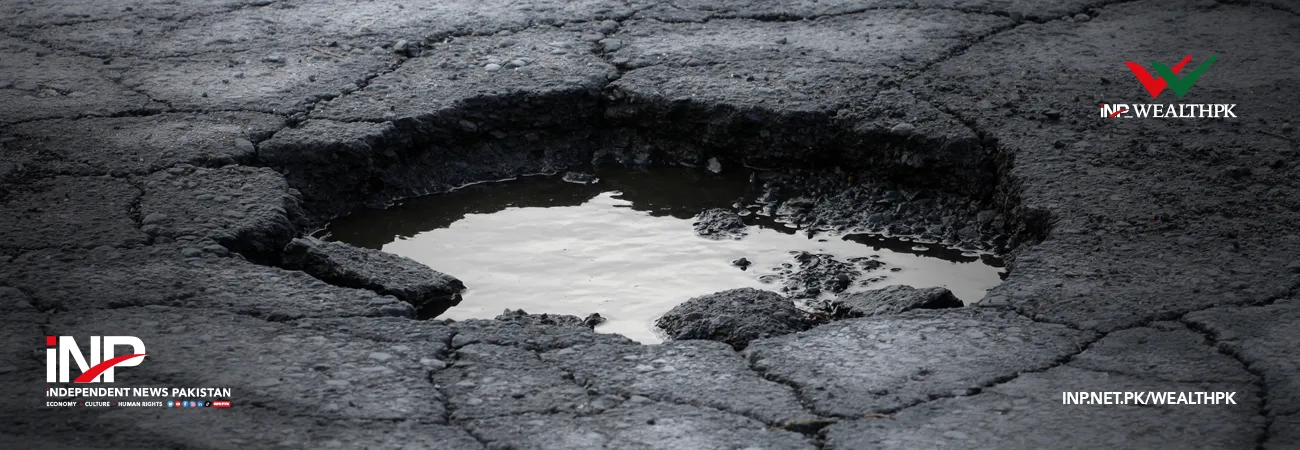INP-WealthPk
By Muhammad Soban
ISLAMABAD, Nov 11 (INP-WealthPK): Pakistan's sports goods industry exports witnessed an increase from 2017 to 2019, but Covid-19 adversely affected exports in 2020.
In the first quarter of the fiscal year 2021-22, Pakistan's sports goods exports were recorded at US$77.9 million, a decline of 5 per cent since the fourth quarter of the last fiscal year 2020-21. The total size of the world sports industry is US$32 billion. Pakistan's share in total world exports of sports goods stood at US$177.7 million in 2020, 0.56 per cent of the world's exports.
 The sports goods sector of Pakistan is an important ingredient of the Small and Medium Enterprises (SMEs) industry that significantly contributes to the economy by creating employment opportunities, earning foreign reserves, and contributing to Pakistan's international trade. About 95 per cent of the sports industry is located in Sialkot, Punjab.
In the sports goods sector, around 6,000 SMEs are operational in the country. They are providing about 400,000 job opportunities to both skilled and unskilled workers. The share of Pakistan's sports goods sector in the country’s total exports is 0.8 per cent.
Pakistan exports a significant portion of its sports goods to world-famous brands like Adidas, Nike, Puma, Lotto, Umbro, Mitre, Micassa, Diadora, Wilson, and Decathlon. The share of football exports in total sports exports goods is 43 per cent in Pakistan.
There is great potential for a boost in Pakistan's sports goods exports in international trade. But the sports industry needs to focus on the quality of goods. The Pakistan sports industry has to do a lot to overcome its challenges to compete with the world. Though the Pakistan sports industry has economies of scale in many goods like footballs and sports gloves, to increase the share of Pakistan in world exports, challenges of the sports industry must be resolved.
A webinar was recently organised by the Pakistan Institute of Development Economics (PIDE), Islamabad, to discuss the issue of the sports industry of Pakistan and the prospects for growth. The panellists, including the sports industry experts, highlighted the problems that the sports industry is facing.
Experts pointed out that the shortage of skilled workforce is one of the problems that the Pakistan sports industry is facing. To fulfil the requirement of skilled labour, no or less-skilled workers are hired by the companies, and a decline in the quality of goods leads to a decrease in the industry's efficiency. The government should focus on training the labour force to overcome this issue.
Energy shortage is another issue that all industries in Pakistan are facing. Currently, available resources of energy are expensive that cause increase in the cost of production of goods. These goods cannot compete at the international level where other competitors produce the same goods at cheaper rates.
Regional discrimination and poor infrastructure are other problems that the Pakistan sports industry is facing. Industries in big cities are taking advantage, which is unavailable in small cities. The government should provide a level playing field to all industries across Pakistan.
Secondly, special economic zones (SEZs) are being established, and incentives are being provided to SEZ industries. But those industries that are currently working to relocate to those SEZs should be incentivised as it's a lengthy process which consumes two to three years.
Domestically, the use of sports goods is too low apart from cricket. Sports goods are designed according to the requirements of the international market. Not enough work is being done in research and development in the sports industry. There is a need for research and development to design new products and adopt innovations in the sports industry.
The sports goods sector of Pakistan is an important ingredient of the Small and Medium Enterprises (SMEs) industry that significantly contributes to the economy by creating employment opportunities, earning foreign reserves, and contributing to Pakistan's international trade. About 95 per cent of the sports industry is located in Sialkot, Punjab.
In the sports goods sector, around 6,000 SMEs are operational in the country. They are providing about 400,000 job opportunities to both skilled and unskilled workers. The share of Pakistan's sports goods sector in the country’s total exports is 0.8 per cent.
Pakistan exports a significant portion of its sports goods to world-famous brands like Adidas, Nike, Puma, Lotto, Umbro, Mitre, Micassa, Diadora, Wilson, and Decathlon. The share of football exports in total sports exports goods is 43 per cent in Pakistan.
There is great potential for a boost in Pakistan's sports goods exports in international trade. But the sports industry needs to focus on the quality of goods. The Pakistan sports industry has to do a lot to overcome its challenges to compete with the world. Though the Pakistan sports industry has economies of scale in many goods like footballs and sports gloves, to increase the share of Pakistan in world exports, challenges of the sports industry must be resolved.
A webinar was recently organised by the Pakistan Institute of Development Economics (PIDE), Islamabad, to discuss the issue of the sports industry of Pakistan and the prospects for growth. The panellists, including the sports industry experts, highlighted the problems that the sports industry is facing.
Experts pointed out that the shortage of skilled workforce is one of the problems that the Pakistan sports industry is facing. To fulfil the requirement of skilled labour, no or less-skilled workers are hired by the companies, and a decline in the quality of goods leads to a decrease in the industry's efficiency. The government should focus on training the labour force to overcome this issue.
Energy shortage is another issue that all industries in Pakistan are facing. Currently, available resources of energy are expensive that cause increase in the cost of production of goods. These goods cannot compete at the international level where other competitors produce the same goods at cheaper rates.
Regional discrimination and poor infrastructure are other problems that the Pakistan sports industry is facing. Industries in big cities are taking advantage, which is unavailable in small cities. The government should provide a level playing field to all industries across Pakistan.
Secondly, special economic zones (SEZs) are being established, and incentives are being provided to SEZ industries. But those industries that are currently working to relocate to those SEZs should be incentivised as it's a lengthy process which consumes two to three years.
Domestically, the use of sports goods is too low apart from cricket. Sports goods are designed according to the requirements of the international market. Not enough work is being done in research and development in the sports industry. There is a need for research and development to design new products and adopt innovations in the sports industry.













